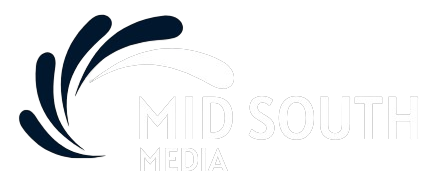
Oct. 20, 1942
 100vw, 743px”>Southern Conference on Race Relations, Durham, N.C.: Statement of Purpose. <span class=)
Dozens of Black leaders from the South convened in Durham, North Carolina, to address the problem of increasing racial tension. While Black soldiers fought on the battlefields of World War II, the leaders recalled the mistreatment of Black soldiers returning from World War I, “a sweeping surge of bitterness and rebuff that … constitutes one of the ugliest scars on the fair face of our nation.”
What emerged was the “Durham Manifesto,” calling for the end of segregation, the poll tax, the “white” primary and racial discrimination.
“We regard the ballot as a safeguard of democracy,” the document read. “Any discrimination against citizens in the exercise of the voting privilege, on account of race or poverty, is detrimental to the freedom of these citizens and to the integrity of the State.”
The document also decried Jim Crow laws that barred and punished Black Americans as well as mistreatment by police. “These abuses, which include wanton killings, and almost routine beatings of Negroes, whether they be guilty or innocent of an offense, should be stopped now, not only out of regard for the safety of Negroes, but of common respect for the dignity and fundamental purpose of the law,” the manifesto read.
The document also called for better schools, better health care and living wages for workers. “The correction of these problems is not only a moral matter,” the manifesto concluded, “but a practical necessity in winning the war and in winning the peace.”
Charles Spurgeon Johnson, one of the leading Black sociologists of the 20th century, helped oversee the document. The manifesto helped lead to the creation of the Southern Regional Council, which pushed for school desegregation, voter registration, equal citizenship and anti-poverty projects.
Load more posts
Something went wrong. Please refresh the page and/or try again.
![]()
Take our 2024 reader survey

